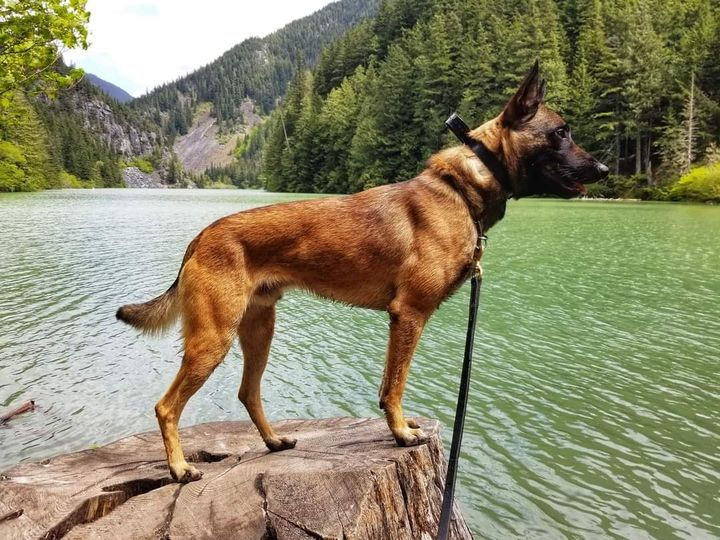Professional athletes are vigilant when it comes to warming up before practice or competition and the research has shown repeatedly that warming up is crucial so that we can prepare our muscles for activity and reduce the risk of injury.
Warming up our dogs is equally as important. Warm up exercises can increase blood flow to the muscles, gradually increase heart rate, improve elasticity of the ligaments and improve flexibility.
When we don't warm up our dogs before rigorous activity, we run the risk of poor performance and injury.
Stretching is a great way to warm up our dogs prior to exercise. When we think of stretching, we generally think of two types of stretches; active stretches and static stretches.
Active stretching means the dog is stretching it's body rather than the owner manipulating the dog's body into a stretch. Active stretching is great for warm ups. During active stretching, your dog is less likely to over-stretch itself.
Static stretching means the person is stretching dog's muscle. For example, gently pulling the hind leg of the dog. Static stretching can damage cold muscles and should only be done during the cool-down after exercise. Static stretching should also only be done by individuals who know what they're doing to avoid over-stretching their dog.
Some examples of warm up exercises:
1. Loose leash walking
2. Tug - Whole body warm up. Be sure to keep the dog and tug level.
3. Stand on hind legs - Use food to lure the dog to have the front paws on an elevated surface. Have the dog stretch it's body to reach the food.
4. Bow - Use food to lure the dog into a bow position from a stand. The bow helps to stretch the spine, hips and shoulders.
5. Cookie stretches - Using food, lure the dog so that he is reaching his head towards his hip. Repeat on both the right and left side. This will help stretch the spine.
6. Circle left/right - Using food, lure the dog so that he is moving in tight circles to both the left and right. This will help increase flexibility.
7. Back up - There are many ways to get your dog to back up. One way is to start with your dog in a standing position and then walk towards him. As you get closer, he may want to take a step back. When he takes a step back, reward him. This will help warm up the rear-end muscles.
8. Side-step - This is taught in a similar way to backing up and will help warm up the glutes and hips.

Comentários